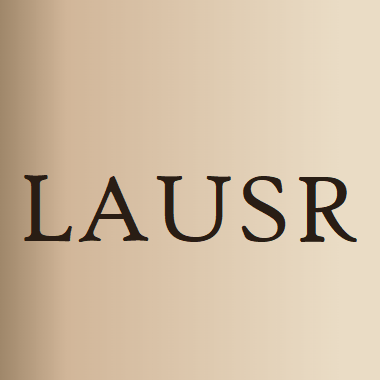
Biodiversity provides a massive library of ideas for bio-inspired design, but the sheer number of species to consider can be daunting. Current approaches for sifting through biodiversity to identify relevant… Click to show full abstract
Biodiversity provides a massive library of ideas for bio-inspired design, but the sheer number of species to consider can be daunting. Current approaches for sifting through biodiversity to identify relevant biological models include searching for champion adapters that are particularly adept at solving a particular design challenge. While the champion adapter approach has benefits, it tends to focus on a narrow set of popular models while neglecting the majority of species. An alternative approach to bio-inspired design is the comparative method, which leverages biodiversity by drawing inspiration across a broad range of species. This approach uses methods in phylogenetics to map traits across evolutionary trees and compare trait variation to infer structure-function relationships. Although comparative methods have not been widely used in bio-inspired design, they have led to breakthroughs in studies on gecko-inspired adhesives and multifunctionality of butterfly wing scales. Here we outline how comparative methods can be used to complement existing approaches to bioinspired design, and we provide an example focused on bio-inspired lattices, including honeycomb and glass sponges. We demonstrate how comparative methods can lead to breakthroughs in bio-inspired applications as well as answer major questions in biology, which can strengthen collaborations with biologists and produce deeper insights into biological function.
Journal Title: Integrative and comparative biology
Year Published: 2022
Link to full text (if available)
Share on Social Media: Sign Up to like & get
recommendations!